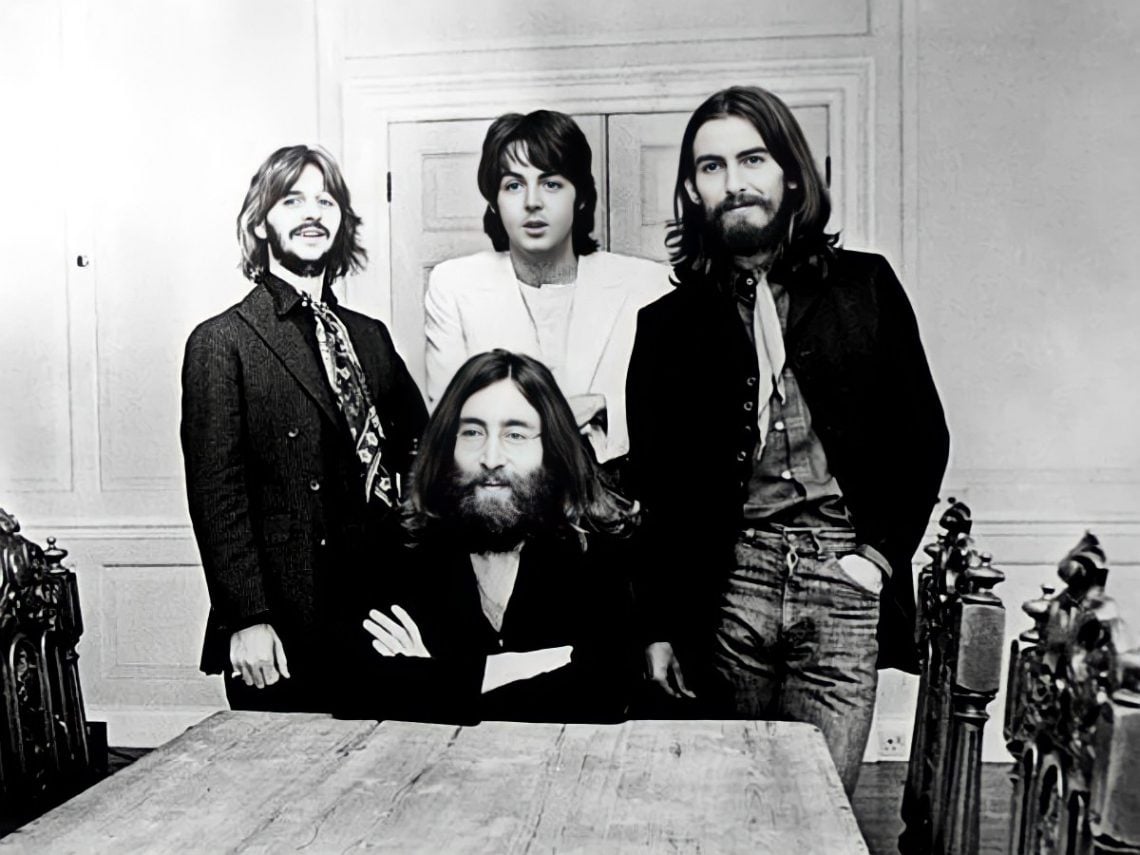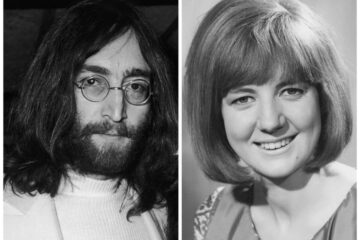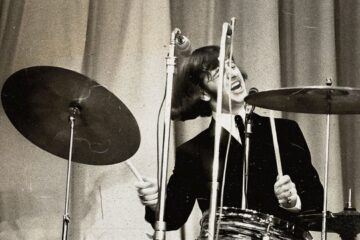By the end of the 1960s, everything was deliberately The Beatles camp. That wasn’t always the case: in their early recording career, mistakes and technical problems can be found all throughout their discography. Short windows for sessions and limited capabilities of recording technology meant that some sonic anomalies popped up over the years. During their most psychedelic phase, the band embraced randomness as a compositional tool, splicing together tape loops in random orders to produce chaotic results in songs like ‘Being For The Benefit Of Mr. Kite!’ and ‘Revolution 9’.
But by the time they had reached Abbey Road, The Beatles were at the top of their game. If something wasn’t completely perfected (sometimes to the point of incredulity), then it wouldn’t be released. That makes it strange that a miscommunication led to a complete accident which then birthed the first hidden track in pop music history.
Paul McCartney entered EMI Studios on July 2nd, 1969 with a plan to record his new ballad, ‘Golden Slumbers’, along with ‘Carry That Weight’. The two tracks were part of a larger plan to fuse a number of shorter songs into a side-long medley. Any fragments or unfinished songs were welcomed if they could find a spot to fit them in. Accordingly, McCartney ran through a 23-second snippet of a song called ‘Her Majesty’ that he had first previewed at the sessions for Get Back, the album that eventually became Let It Be.
“It was quite funny because it’s basically monarchist, with a mildly disrespectful tone, but it’s very tongue in cheek. It’s almost like a love song to the Queen,” McCartney said in the book Many Years From Now. He later had the opportunity to sing the song to its subject, Queen Elizabeth II, as part of her Golden Jubilee celebrations in 2002. There, McCartney saw life imitate art. “I did once perform this song for the queen,” McCartney wrote in his book The Lyrics: 1956 to the Present. “I don’t know how to break this to you, but she didn’t have a lot to say.”
‘Her Majesty’ was originally sequenced in between ‘Mean Mr. Mustard’ and ‘Polythene Pam’ in the side two medley at the end of Abbey Road, but by the end of July, the decision was made to cut it out. Tape operator John Kurlander was then faced with a conundrum: McCartney was happy to relegate ‘Her Majesty’ to the rubbish bin, but Kurlander had explicitly been told by his superiors not to throw away any Beatles material.
“We did all the remixes and crossfades to overlap the songs, Paul was there, and we heard it together for the first time. He said, ‘I don’t like ‘Her Majesty’, throw it away,’ so I cut it out – but I accidentally left in the last note,” Kurlander remembered in The Complete Beatles Recording Sessions. “He said, ‘It’s only a rough mix, it doesn’t matter…’ I said to Paul, ‘What shall I do with it?’ ‘Throw it away,’ he replied. I’d been told never to throw anything away, so after he left I picked it up off the floor, put about 20 seconds of red leader tape before it and stuck it onto the end of the edit tape.”
Kurlander’s solution was simply a placeholder by an employee who had received conflicting instructions. Most likely, the edit was meant to be shown to the rest of the band and then deleted. But when the rough edit was played as it was – with 14 seconds of dead air after ‘The End’ and the bookended notes of ‘Her Majesty’ cut off – McCartney decided that he liked the effect and wanted to include it on the final mix. In The Beatles Anthology, McCartney chalked it up to “typical Beatles – an accident”.
The only problem was that by the time McCartney decided to include ‘Her Majesty’, the vinyl record sleeves for the first print of Abbey Road had already been made. As such, ‘Her Majesty’ became the first instance of a hidden track in popular music. Later reprints and reissues of the album gave an official credit to ‘Her Majesty’, but initially, it was an accidental groundbreaking addition.
Check out ‘Her Majesty’ down below.



